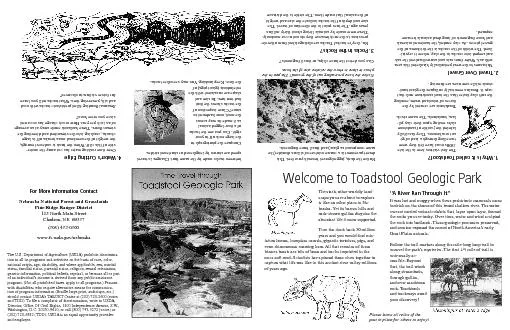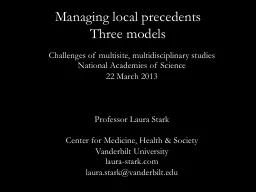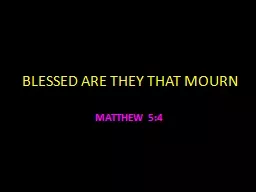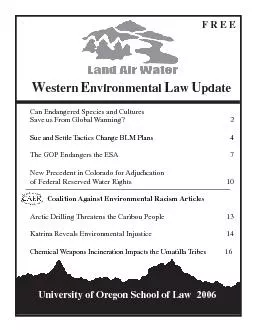PDF-The stark, other-worldly land
Author : mitsue-stanley | Published Date : 2015-11-16
scape you are about to explore is like no other place in Ne braska Yet its barren hills and rockstrewn gullies disguise the abundant life it once supported Turn
Presentation Embed Code
Download Presentation
Download Presentation The PPT/PDF document "The stark, other-worldly land" is the property of its rightful owner. Permission is granted to download and print the materials on this website for personal, non-commercial use only, and to display it on your personal computer provided you do not modify the materials and that you retain all copyright notices contained in the materials. By downloading content from our website, you accept the terms of this agreement.
The stark, other-worldly land: Transcript
Download Rules Of Document
"The stark, other-worldly land"The content belongs to its owner. You may download and print it for personal use, without modification, and keep all copyright notices. By downloading, you agree to these terms.
Related Documents














